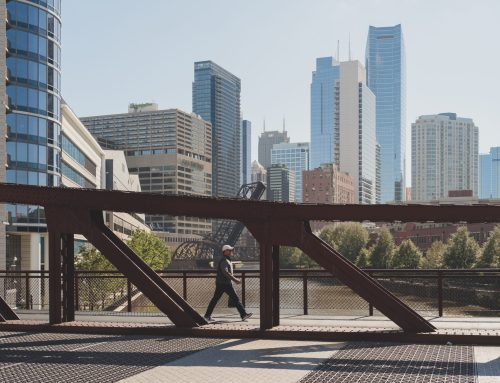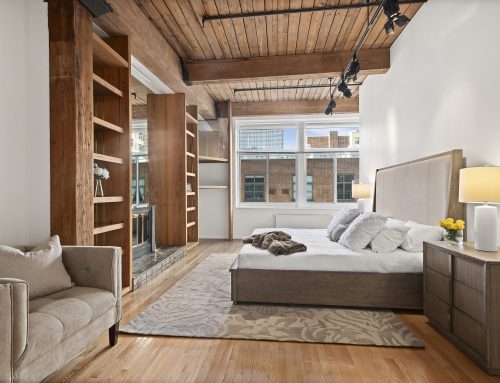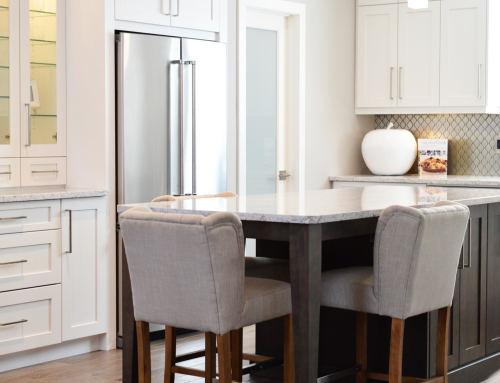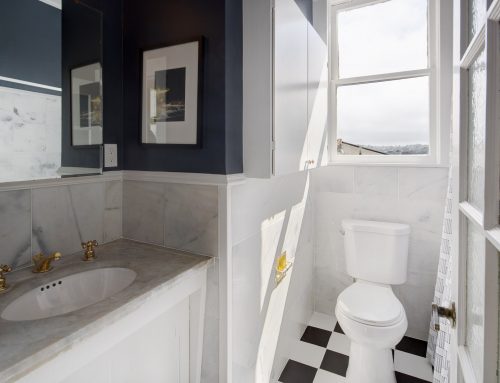Think you need to starting house hunting in March to find your dream home? Although spring and summer are typically the most active seasons in the residential real estate market here in Chicago, warmer temperatures don’t always benefit buyers. In fact, spring and summer are usually the best time for home sellers to list because that’s when buyers (aka, your competition) are most lively.
If you’re looking to buy a home in Chicago without the stress of multiple offers or bidding war, autumn is a good time to get serious about homeownership. Aside from the typical off-season benefit of less competition, it appears as though we might be entering a correction in the Chicago real estate market. Normally, the residential real estate market slows between September and November, but this fall appears to be even more leisurely than years past.
Less buying competition
This past spring, the homebuying competition was fierce. Homes flew off the market at an unprecedented pace, particularly in hot neighborhoods near downtown. However, the early fall is usually when activity begins to slow when compared to other months throughout the year. In 2017, Chicago homes sold 10 days faster in May compared to September. This year, Chicago homes sold 17 days faster in May compared to September.
Still, because of a budding market over the last five years, homes were selling faster every year on the same month when accounting for seasonality. For instance, between September 2016 and September 2017, the median market time for all residential property types in Chicago fell 4 days – from a median 34 days to a median 30 days. This September, however, Chicago homes held a median market time of 38 days. Chicago homes always linger on the market longer in fall compared to spring and summer, but an extra week of market time compared to last September makes buying a home this fall even more promising.
Since single-family homes can sometimes be a difficult sell in the city, and most buyers looking in neighborhoods near downtown gravitate toward walk-ups, mid and high-rises, analyzing the condo market alone is essential. In September 2016, the median market time for Chicago condos was 33 days, which dropped to 27 days the following year. This September, the median market time for condos in Chicago increased to 36 days. Again, this fall is panning out to be even slower than last year, which allows buyers the time they need to make the right real estate decisions.
Lower home prices
With less competition and slower sales, sellers who list in the fall usually have to adjust their price expectations accordingly. Sales prices tend to decline between September and November in any given year. Let’s face it, not many Chicagoans want to move when the weather is cold or just before the holidays. However, the short-term inconvenience might be worth the long-term savings.
This year, the median cost to buy a home in Chicago reached $315,000 in June compared to $287,300 in September. Similarly, condo prices hit their peak in March at $350,000, dipping to a median price of $314,900 last month.
More for sale inventory
A key reason homes have become so unaffordable for most first-time buyers is a lack of inventory. Fewer homes for sale means more buyers bidding on the same properties, driving up prices and nearby home values. Over the last 3 years, the number of Chicago homes for sale hit an annual high in September. Chicago condos for sale followed the same annual trend but have also illustrated some major strides when compared to last September. Last month, Chicago condo inventory rose 6.8 percent since last year, while new Chicago condo listings jumped 7.2 percent year-over-year.
Low interest rates
Yes, interest rates are rising. And frankly, they are only going to get worse – at least that’s what the economists tell us. As of October 8th, the average 30-year fixed mortgage rate reached 4.78 percent, according to Bankrate.com. Last month, the average was 4.46 percent.
To put the rate into perspective, home buyers with the current average rate pay $523.46 per month in principal and interest for every $100,000 borrowed. That’s an extra $12.61 compared to last week alone. Depending on how high interest rates get, the money adds up quick. Remember that in the first few years of homeownership, the majority of your monthly payment goes toward interest, so locking down a lower interest rate is essential to building equity sooner. Don’t get us wrong – interest rates are still low enough to make buying a home more advantageous than renting an apartment.
If you want to buy a home in Chicago and increase your odds of not only saving money but opening your search up to a larger number of homes with less competition – all while still locking down an attractive interest rate – this time of year has the chance to deliver on all of the above.





